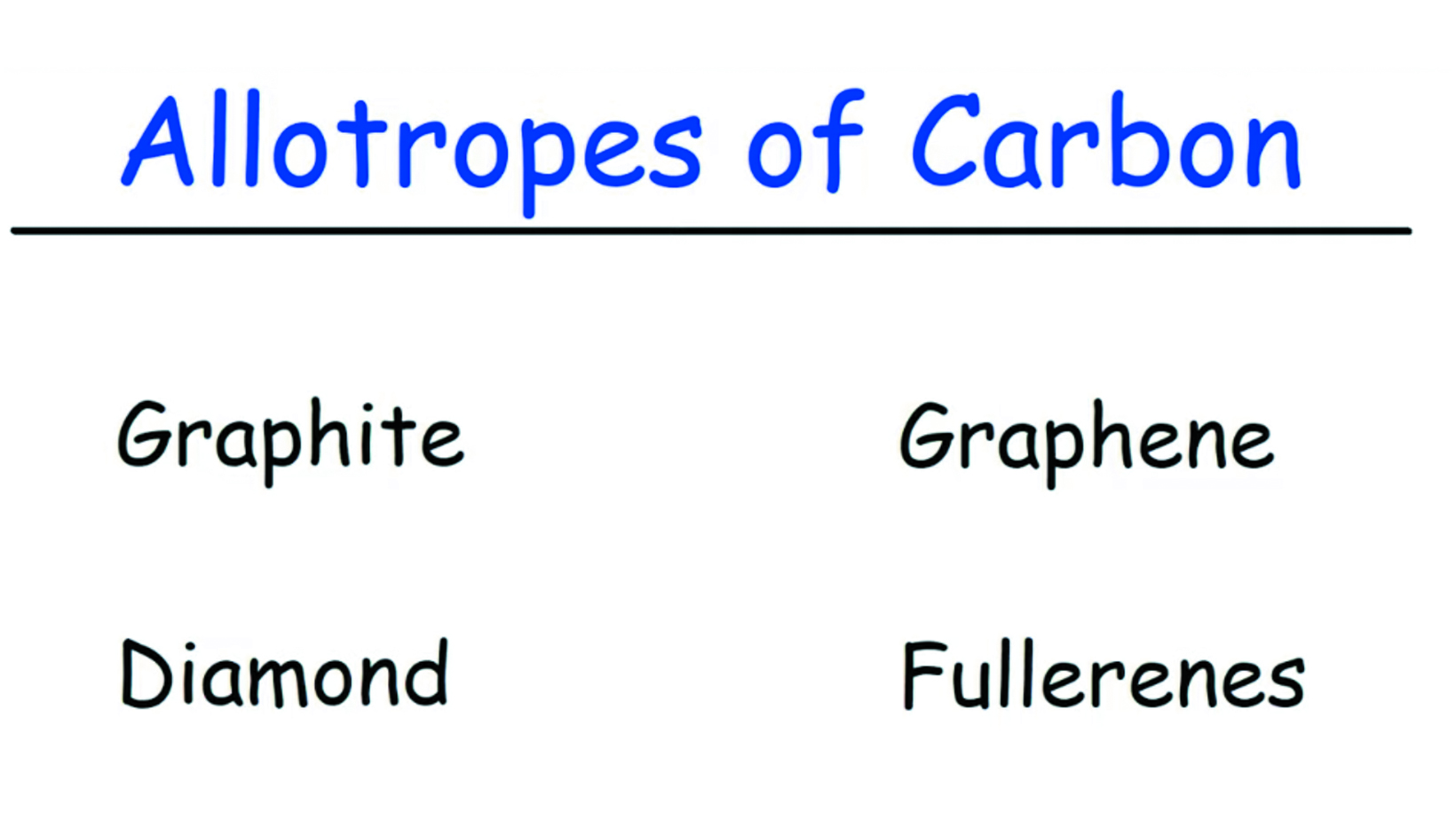Centipedegrass is native to Eastern Asia. Introduced to the U.S. in 1916, it became popular because of its low maintenance requirements. It is slightly more cold tolerant than St. Augustine but 0° temperatures can kill it. Common in the southeastern U.S., Centipedegrass aka Eremochloa ophiuroides is a warm-season grass. It is a low-growing grass that forms dense, compact lawns with a medium green color.
It has a fine texture and a shallow root system, making it less drought-tolerant compared to other warm-season grasses like Bermuda grass or zoysia grass. However, it is adapted to acidic soils and can tolerate more shade than other warm-season grasses.
This grass is relatively low-maintenance and requires less mowing and fertilization compared to other grass types. It has a slow growth rate and spreads by stolons, which are above-ground stems that root and produce new plants. Centipedegrass has good tolerance to foot traffic and can recover well from minor damage.
Centipedegrass Maintenance
While centipedegrass is resistant to many common lawn pests, it can be susceptible to diseases such as dollar spot and brown patch. Crabgrass and broadleaf weeds have a negative effect on it. Proper lawn care practices, such as regular mowing, watering, and fertilization, can help maintain a healthy centipedegrass lawn and minimize the risk of pest and disease issues.
Centipedegrass spreads by stolons that look like centipedes. Centipede doesn’t have a dormancy period and resumes growth whenever temperatures are to it’s liking. Centipede prefers sandy acid soils with 40″ of rain or more. Fertilization should not exceed 1 to 2 pounds of N per year. If the pH is above 7.0 iron will become an issue.
Centipedegrass can be established from seed, sprigs or sod. Remember that too much care can hurt Centipede, more than help it. Learn to like the lighter green. Overall, centipedegrass is a popular choice for homeowners looking for a low-maintenance, fine-textured lawn that can tolerate some shade and acidic soils.
Review our website to learn more and ask for Greensmiths products by name.




